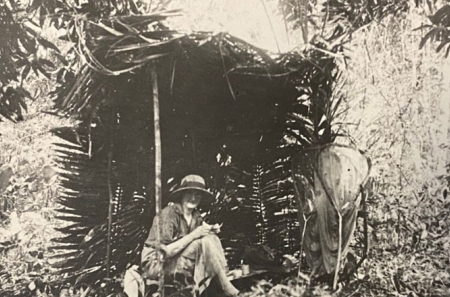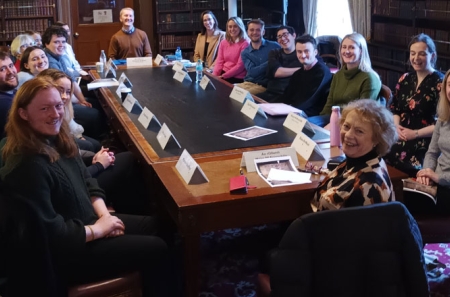
Library blog: Cynthia Longfield and the St George expedition
19 April 2024This blog marks the centenary of Cynthia Longfield's adventure on the 1924 St George scientific expedition.
This year marks the 100 year anniversary since entomologist, Cynthia Longfield (1896-1991), joined the party of the St George expedition in 1924. This team of naturalists, sponsored by the Scientific Expeditionary Research Association, embarked on a partial replication of Darwin’s famous journey to the South Sea. Longfield donated her entomological library and personal papers to the Royal Irish Academy Library, including photograph albums and scrapbooks she compiled during the expedition. To celebrate this anniversary, Dr Angela Byrne gave a lunchtime lecture in the Library, which you can listen back to here.
The St George departed Dartmouth harbour on Wednesday, 9 April, 1924. It was a 1000 tonne sailing yacht with auxiliary steam and Longfield’s diary mentions it was equipped with a laboratory and dark rooms.
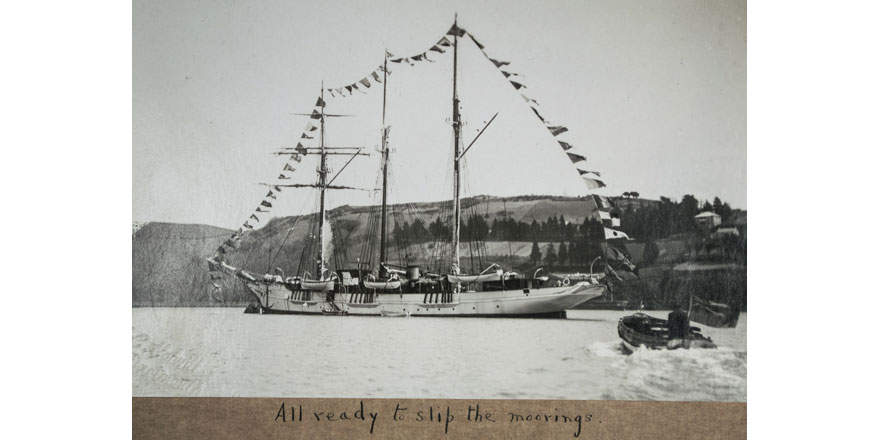
Fig. 1. The St George sailing yacht ‘All ready to slip the moorings’ (RIA MS LRC/27/5).
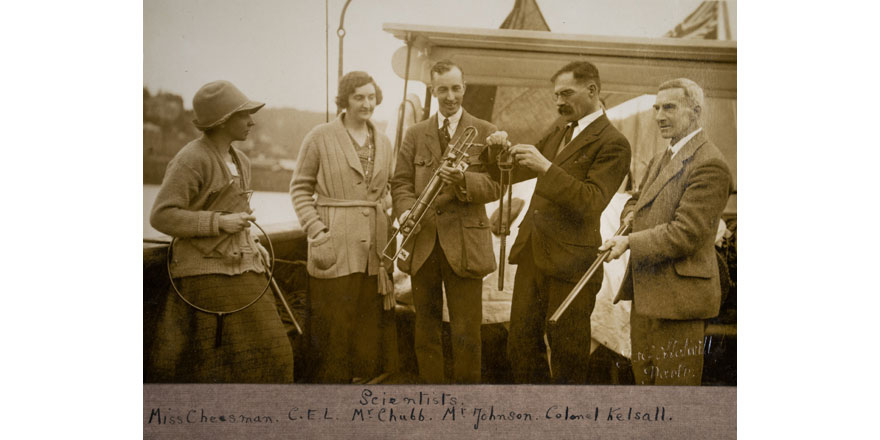
Fig. 2. The ‘Scientists’ (RIA MS LRC/27/3).
The scientific expedition party included Mr Hornell, ethnologist, Mr Johnson, biologist, Dr Crossland, marine biologist, Col. Kelsall, ornithologist, Miss Cheesman, entomologist, Mr Collonette, entomologist, Mr Chubb, geologist and Mr Riley, botanist. They called at Madeira, before crossing the Atlantic to land at Trinidad and Tabago. From there, they sailed down the Panama Canal into the Pacific Ocean. The expedition party landed at a number of islands in the Gulf of Panama before sailing to the Galápagos Islands. From there, they headed west to French Polynesia, before returning via Rapa Nui, known by many as Easter Island.
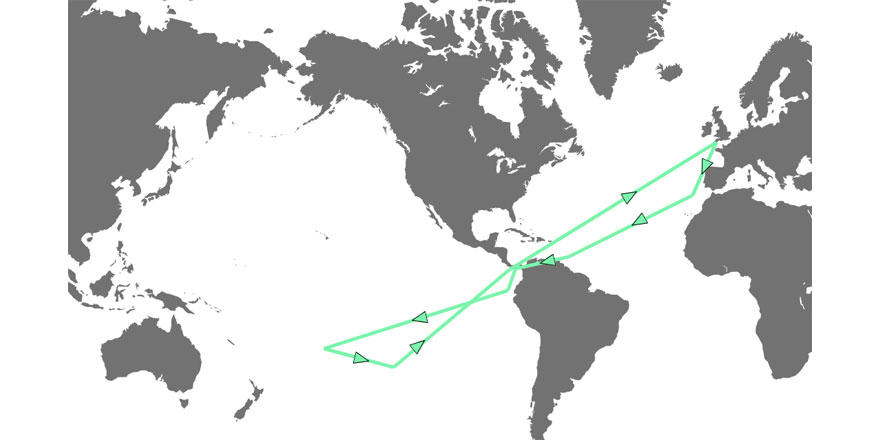
Fig.3. The route taken by the St George.
Longfield’s entomological mission began at the first stop in Madeira. Following an expedition to the north side of the island on 30 April, she described the butterflies they encountered:
Saw quantities of Gonepteryx, Polyommatus, Colias, 2 Vanessa Atalanta, some Pararge and one lovely Vanessa Callirhoë, a perfect specimen which we failed to get. It is ever so much redder than our Red Admiral. Altogether we caught or saw 10 out of Madeira’s 11 species of Butterflies, the eleventh being the grayling (Hipparchia Semele). (RIA MS LRC/16)
She added a note later to say that Mr Hicks, the expedition’s journalist, spotted the grayling on their last day on Madeira.
As they crossed the Atlantic, Longfield’s diary paints a pleasant picture of fine meals, highly-contested tennis tournaments, lantern slide lectures and other entertainment of their own making. Longfield celebrated her 28th birthday on board the St George. A little party was put on and Miss Cheesman decorated the evening menu with entomological sketches.
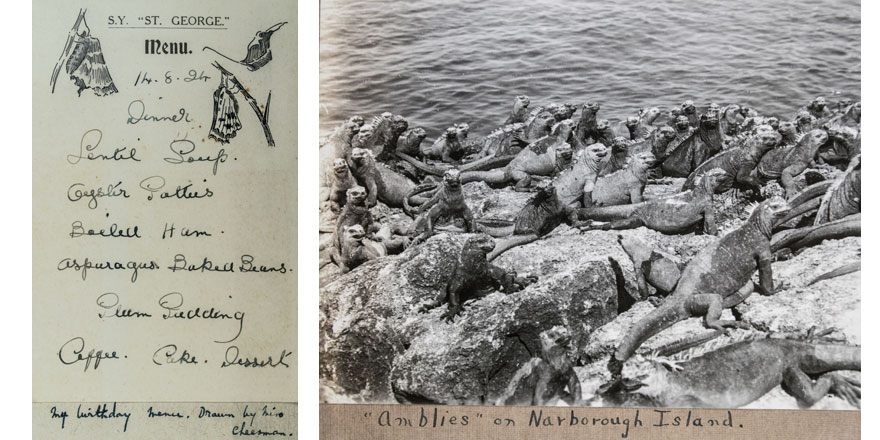
Fig. 4. ‘My birthday menu. Drawn by Miss Cheesman’ (RIA MS LRC/24).Fig. 5. “Amblies” on Narborough Island’ (RIA MS LRC/27).
On the Galápagos Islands, Longfield and the party encountered a mass of marine iguanas (amblyrhynchus cristatus). She wrote in her diary:
The beach was alive with “amblys” very hard to see against the stones, but always giving themselves away by continuous spitting. This they seemed to do for no particular cause, and usually in the opposite direction to us, but they could spit a good distance. (RIA MS LRC/17)
In French Polynesia, we learn more about Longfield’s entomological enterprises. On the island of Moorea, Longfield notes in her diaries her admiration for the dramatic landscape around Cook’s Bay and the striking profile of Mount Mou’aputa. She also hiked Mount Rotui on a collecting expedition:
…I climbed the slopes of Rotui for 1000 ft, on a collecting trip. I got 10 butterflies, Hypolinmnas Bolina, Euploea, Atella and a small Blue, also about 20 small moths. The mosquitoes were bad on this island. (RIA MS LRC/18)
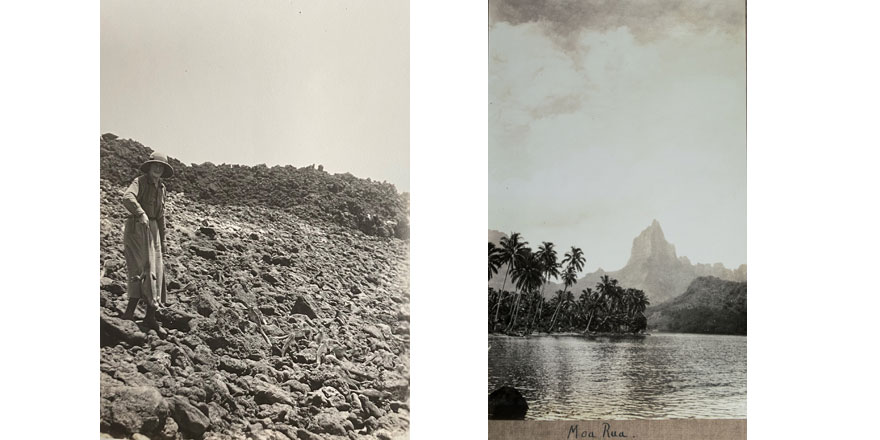
Fig. 6. Cynthia holding an ‘ambly’ by its tail (RIA MS LRC/27). Fig. 7. ‘Moa Rua’ or Mount Mou’aputa (RIA MS LRC/27/70).
Sadly, Longfield’s diaries are discontinued shortly after these entries. However, from her photograph albums we do get a flavour of her experience of the final leg of the journey. She clearly took some delight in being pictured with the famous Easter Island statues, or Moai, before beginning the long journey home.
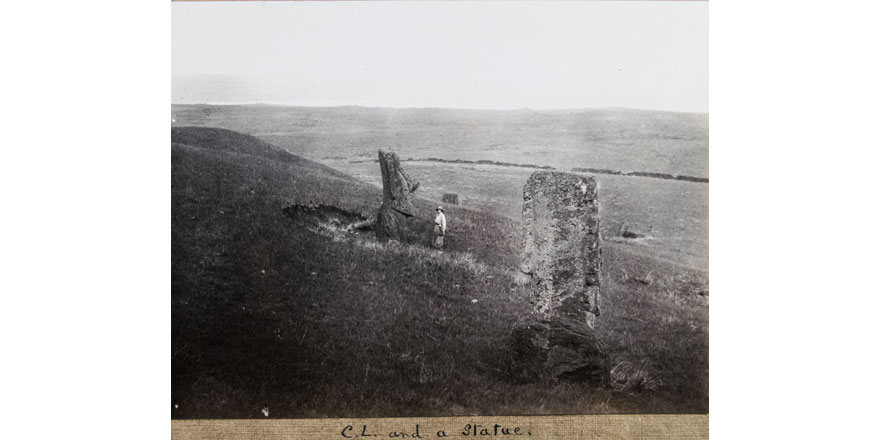
Fig. 8. ‘C.L and a statue’ on Easter Island (RIA MS LRC/27/74).

